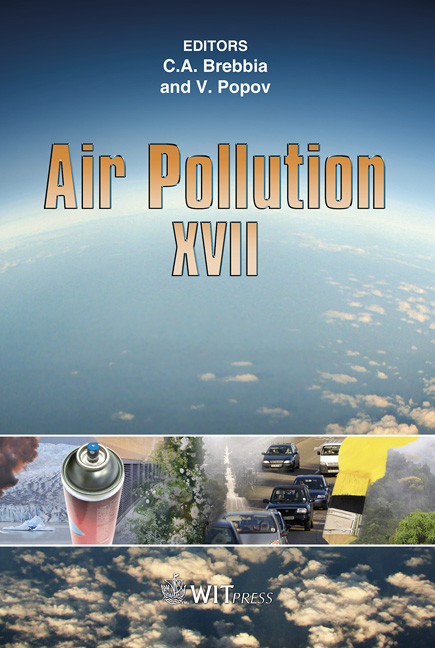Influence Of CO2 On The Corrosion Behaviour Of 13Cr Martensitic Stainless Steel AISI 420 And Low-alloyed Steel AISI 4140 Exposed To Saline Aquifer Water Environment
Price
Free (open access)
Transaction
Volume
123
Pages
10
Page Range
409 - 418
Published
2009
Size
1,083 kb
Paper DOI
10.2495/AIR090371
Copyright
WIT Press
Author(s)
A. Pfennig & A. Kranzmann
Abstract
The CCS technique involves the compression of emission gasses in deep geological layers. To guarantee the safety of the site, CO2-corrosion of the injection pipe steels has to be given special attention when engineering CCSsites. To get to know the corrosion behaviour samples of the heat treated steel AISI 4140, 42CrMo4, used for casing, and the martensitic stainless injectionpipe steel AISI 420, X46Cr13 were kept at T=60°C and p=1-60 bar for 700 h- 8000 h in a CO2-saturated synthetic aquifer environment similar to the geological CCS-site at Ketzin, Germany. The isothermal corrosion behaviour obtained by mass gain of the steels in the gas phase, the liquid phase and the intermediate phase gives surface corrosion rates around 0.1 to 0.8 mm/year. Severe pit corrosion with pit heights around 4.5 mm are only located on the AISI 420 steel. Main phase of the continuous complicated multi-layered carbonate/oxide structure is siderite FeCO3 in both types of steel. Keywords: steel, pipeline, corrosion, carbonate layer, CCS, CO2-injection, CO2- storage.
Keywords
steel, pipeline, corrosion, carbonate layer, CCS, CO2-injection, CO2- storage





